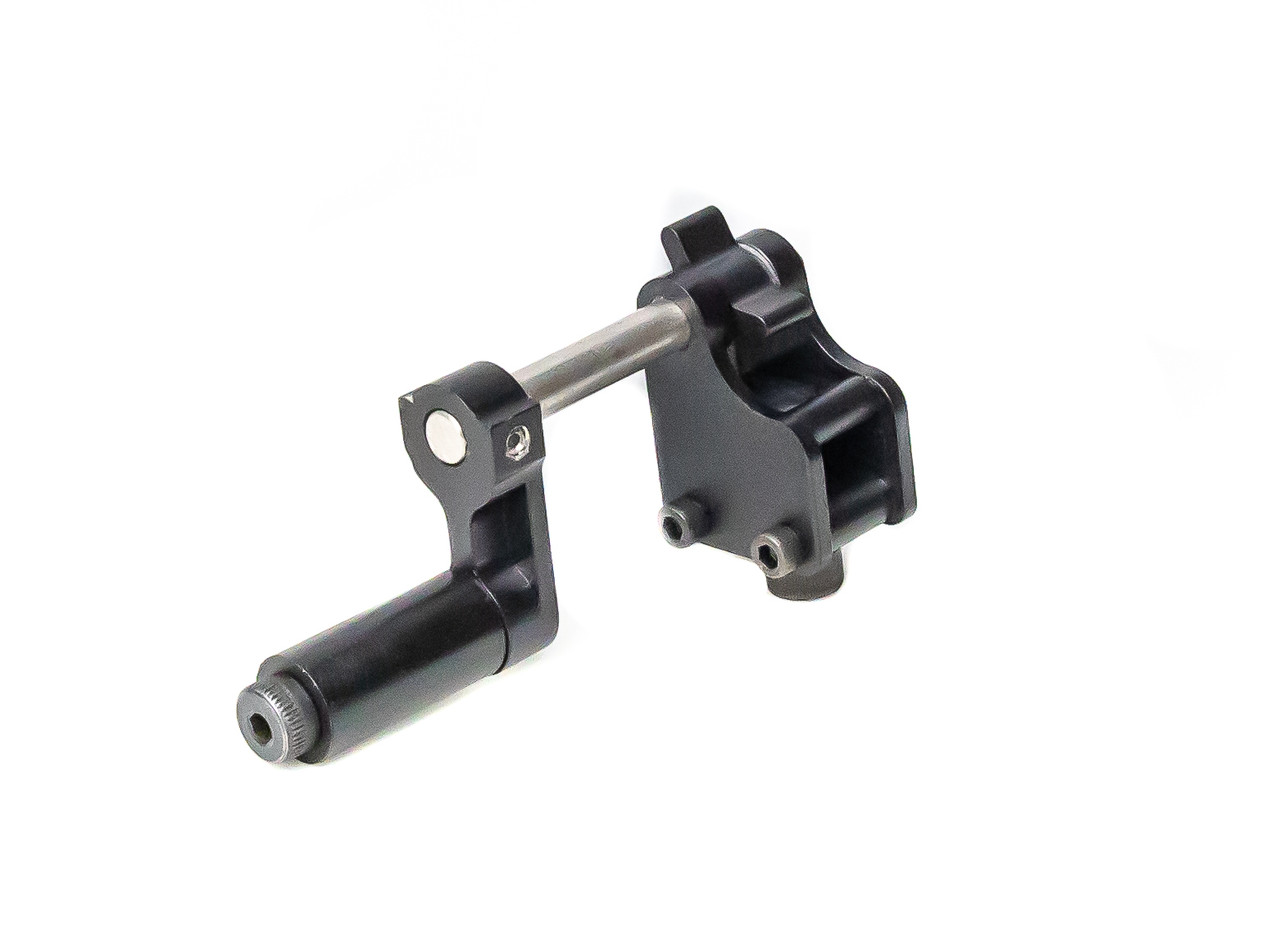
Summary of California’s Multiburst Trigger Activator Law
California’s multiburst trigger activator law, codified in Penal Code Sections 16930 and 32900, bans the manufacture, importation, sale, transfer, or possession of devices that enhance the firing rate of semiautomatic firearms to mimic rapid or automatic fire. A “multiburst trigger activator” is defined as any device that enables a semiautomatic firearm to discharge two or more shots in a burst or significantly increases its rate of fire. The law aims to restrict accessories that allow semiautomatic firearms to function similarly to heavily regulated automatic weapons. Violations are classified as a “wobbler” offense, punishable as a misdemeanor (up to one year in county jail) or a felony (18 months to three years in jail). Under Penal Code Section 32990, these devices can be seized as a nuisance by the California Attorney General.
Examples of Regulated Devices
The law targets devices that facilitate rapid or burst firing of semiautomatic firearms. Examples include:
- Bump Stocks (Bump Fire Stocks): Devices that harness recoil energy to move the firearm back and forth, enabling rapid trigger activation with a stationary finger (e.g., slide fire stocks or reciprocating stocks).
- Trigger Cranks (Gat Cranks, Trigger Actuators): Mechanical attachments that rapidly activate the trigger by turning a crank, allowing multiple shots with minimal effort.
- Recoil-Assisted Trigger Devices: Devices within the trigger guard that use springs or similar mechanisms to push against recoil, causing rapid trigger activation.
- Burst Trigger Systems: Trigger systems that allow more than one round to be fired with a single trigger pull, enabling burst-fire capabilities.
Why Binary Triggers Are Not Multiburst Trigger Activators
A binary trigger, which fires one round when the trigger is pulled and another when it is released, does not meet the definition of a multiburst trigger activator under Penal Code Section 16930. The law defines a multiburst trigger activator as a device that enables a firearm to discharge “two or more shots in a burst” or significantly increases the rate of fire through a single trigger action. Binary triggers fire only one round per trigger movement (pull or release), not multiple rounds per pull, and do not produce a “burst” of multiple shots with a single action. Unlike bump stocks, trigger cranks, or forced reset triggers, binary triggers do not rely on external mechanisms or recoil to enhance firing speed. Still, some manufacturers have declined to sell within California.
Exemptions Within the California Penal Code
Exemptions to the prohibition on multiburst trigger activators are specified in Chapter 1 (commencing with Section 17700) of Division 2 of Title 2 of the California Penal Code, particularly in Sections 17700–17745. These exemptions allow certain individuals or entities to possess, use, or transfer such devices under strict conditions, provided they comply with applicable laws and obtain necessary permissions. The complete list of exemptions includes:
- Government Entities and Employees (Penal Code Section 17700): Firearms or devices in the possession of the United States, the State of California, or any county, city, or municipal corporation, or in the possession of employees or agents thereof acting within their official capacity.
- Law Enforcement Officers (Penal Code Section 17705): Peace officers, as defined in Penal Code Sections 830 et seq., who are authorized to carry firearms and are acting within the scope of their official duties, subject to departmental policies and state law.
- Military Personnel (Penal Code Section 17705): Members of the armed forces of the United States or the California National Guard when acting in their official capacity and in accordance with military regulations.
- Firearms Used in Film, Television, or Theatrical Productions (Penal Code Section 17710): Firearms or devices used solely as props in movie, television, or theatrical productions, provided they are handled by authorized individuals and comply with applicable permitting and safety regulations.
- Museums and Historical Societies (Penal Code Section 17715): Firearms or devices permanently maintained as exhibits in museums or by historical societies, provided they are rendered inoperable or secured in accordance with state regulations.
- Forensic Laboratories and Scientific Research (Penal Code Section 17720): Firearms or devices in the possession of forensic laboratories or scientific institutions for testing, research, or analysis, provided they are used in a controlled environment and comply with state law.
- Licensed Dealers, Manufacturers, or Importers for Authorized Purposes (Penal Code Section 17725): Firearms or devices in the possession of licensed dealers, manufacturers, or importers for the purpose of sale or transfer to authorized entities (e.g., law enforcement or military), provided they comply with state and federal licensing requirements.
- Persons Disposing of Devices to Law Enforcement (Penal Code Section 17730): Individuals transporting multiburst trigger activators to law enforcement agencies for surrender or destruction, as this is considered a lawful transfer.
- Heirs or Estate Executors (Penal Code Section 17735): Persons who come into possession of firearms or devices through inheritance or as executors of an estate, provided they promptly transfer or dispose of the devices in accordance with state law (e.g., to law enforcement or authorized entities).
- Temporary Possession for Repair or Modification (Penal Code Section 17740): Licensed gunsmiths or armorers who temporarily possess firearms or devices for repair, modification, or maintenance, provided the work is authorized and complies with state and federal regulations.
- Common Carriers (Penal Code Section 17745): Common carriers, warehousemen, or other persons engaged in the lawful transportation or storage of firearms or devices, provided they are acting in the ordinary course of business and the devices are not accessible for use.
Disclaimer
This summary is provided for educational purposes only and does not constitute legal advice. Firearm laws are complex and subject to change, and their application may vary based on specific circumstances. For legal guidance, consult a qualified attorney familiar with California firearm regulations or refer to official state resources.
Discover more from THE DAVIS LAW FIRM | (866) 545-GUNS
Subscribe to get the latest posts sent to your email.
